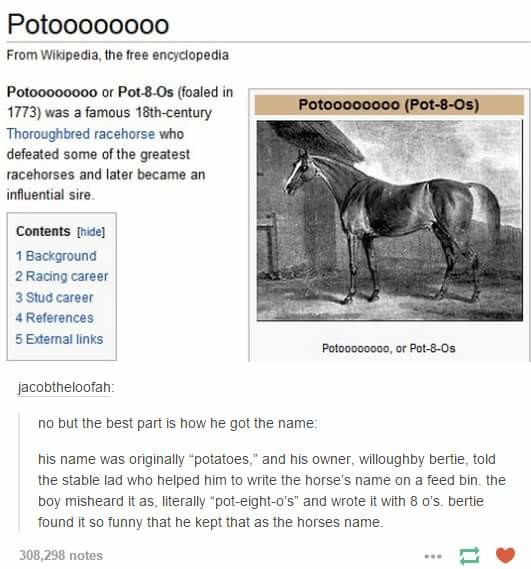Generally, Gold Cup winners tend to be around to 7 to 9-years-old. There is the odd exception, such as with 6-year-old Long Run winning back in 2011. However, for the older horses, those pushing towards their teenage years, the slog of the long distance tends to rule them out. Even the great Kauto Star could only manage a 3rd place finish as an 11-year-old (also in 2011).
In fact, it’s been 50 years since a horse older than 10 has won the big one at Cheltenham. However, there is a certain 11-year-old who could give it a good crack (excuse the pun) this year – Thistlecrack. If you don’t know the Colin Tizzard-trained Thistlecrack, the best way to describe him is a very good horse who could have become a great horse. His glory years were in 2015 and 2016, when he won nine consecutive races, including some crackers (sorry), like the World Hurdle at the Cheltenham Festival and the 2016 King George VI Chase.
Injury thwarted 2017 Gold Cup
It was early 2017 when Thistlecrack was predicted to take that step to true greatness. He was the ante-post favourite for the Cheltenham Gold Cup 2017, but injury struck a few weeks before the Festival, and he has yet to win since. Hardly what you would call ‘Gold Cup form’ then, but there is a bit more to the tale of Thistlecrack than just a horse who has his best years behind him.
Those injuries took their toll on Thistlecrack. As a result, you shouldn’t put too much stock in those poor performances in his comeback races towards the back-end of 2017. Instead, you should look at the performances this season: A solid 3rd in Betfair Chase in November was good after a lay-off of nearly a year, but Thistlecrack came within a whisker of winning the King George VI Chase in late-December. A 2nd place finish wasn’t bad for the old boy.
Gold Cup betting markets intriguing in 2019
Of course, the majority of those runners in the King George are also going to be in the Gold Cup, so Colin Tizzard should have a lot of confidence for the Cheltenham showdown. The latest Cheltenham Festival betting offer for the Gold Cup has him at 16/1 with Betfair, but some bookies, like Bet365, have him down at 8/1, right among the favourites.
Who are those favourites? Presenting Percy leads the way at 3/1 (Bet365), He has been wrapped in cotton wool over the past year and did not appear in the King George VI Chase. However, last year’s Gold Cup winner, Native River, was 12 lengths behind Thistlecrack in the King George, and he is given odds of 11/2 (Betfair) to retain. Others of note include King George winner Clan Des Obeaux (10/1) and, of course, Might Bite, who is given odds of 20/1 from Unibet.
Can he do it?
Has Thistlecrack the stamina to upset the history books? Normally, you would shy away from backing an older horse to win such a prestigious long-distance chase. However, there have been several issues with the other candidates. Might Bite – the ante-post favourite for most of 2018 – has been awful. Native River hasn’t exactly being ripping it up either.
A lot of money and faith is going on Presenting Percy, with many feeling his time has come. But don’t rule out Thistlecrack. Two years ago, he was meant to take his place at the top of the Gold Cup table, perhaps he can provide one of the greatest comebacks of all in 2019?
